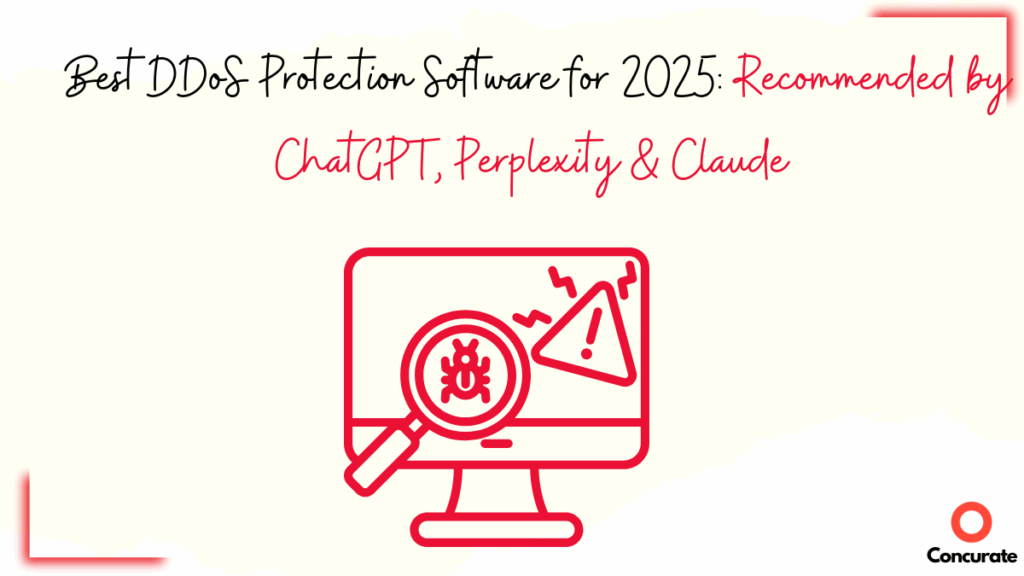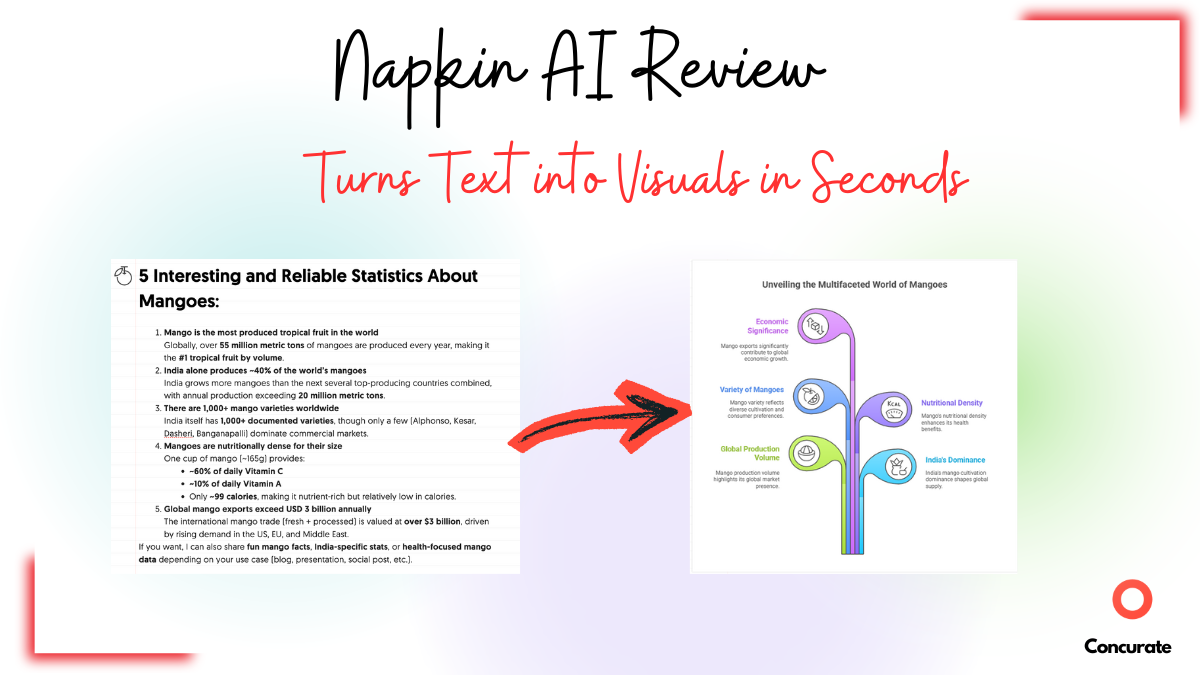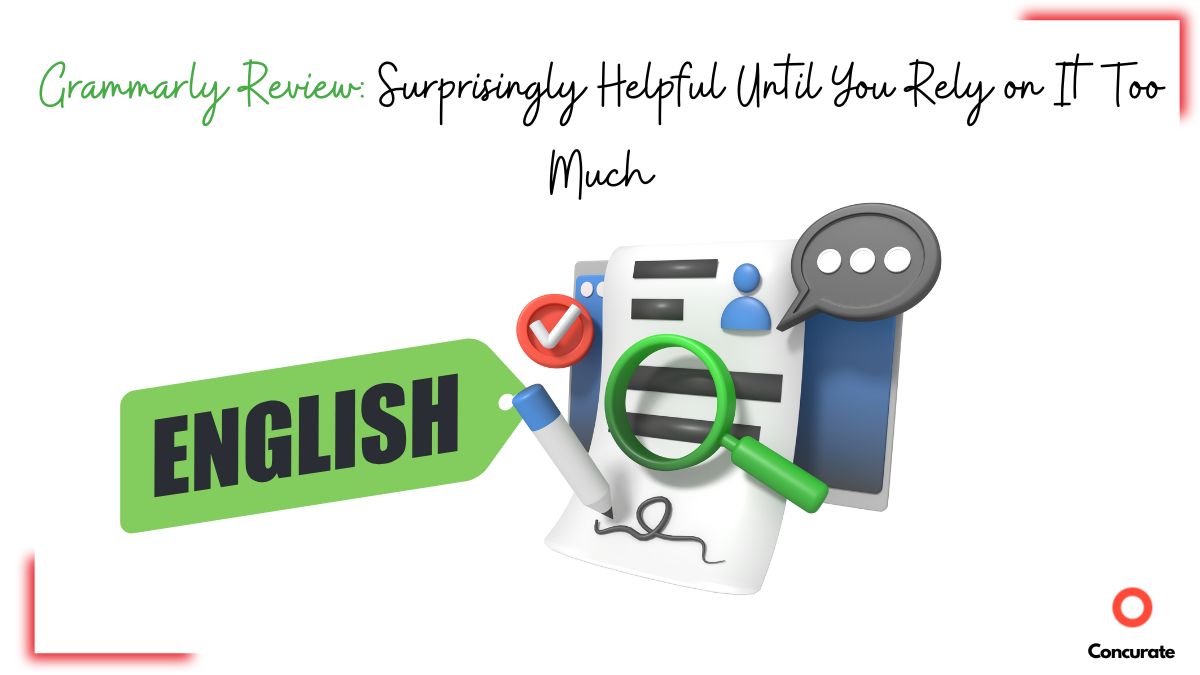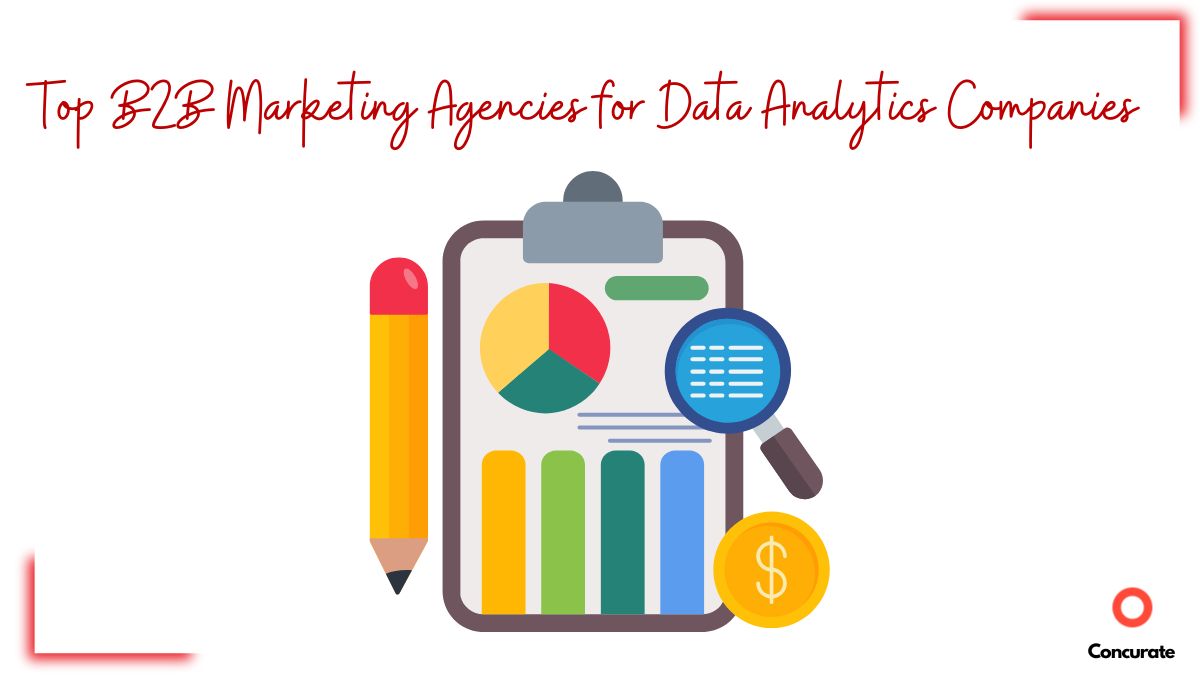If you are looking for the best DDoS protection software, which providers actually shows up when you search?
Two years ago, the answer was simple: whoever ranks on Google’s first page.
More Visibility = better chance of conversion. But the game has changed. People aren’t just Googling anymore. They’re asking ChatGPT, Perplexity, and Claude. These AI assistants return curated, confident lists of the “best.” If you’re not on them, you’re invisible at the exact moment buyers are ready to choose.
What’s more, a visitor from an LLM is 4.4x more valuable than one from traditional search.
To find out who’s winning this new visibility race, we ran an experiment across three leading AI models to find which companies dominate recommendations for the best DDoS protection software.
Here’s what we found, and what this means for anyone aiming to claim a top spot in the AI-driven discovery era.
Methodology – How we set this experiment?
Our goal was simple. To find which DDoS protection software brands are winning across LLMs. We ran two similar queries across three of the most popular AI tools. We tried to mirror how your target audience might search for solutions inside AI tools.
Queries tested:
- Can you tell me the best ddos protection software?
- Can you tell me the best ddos protection software for enterprise use
We were curious to know how distinct or similar options all the tools returned. Below we shared what the top results look like across the platforms.
Best DDoS Protection Software – Recommended by ChatGPT, Perplexity & Claude
This was a large initial list with ~18 companies. However, we wanted to narrow our focus to the brands that consistently ranked across all three LLMs.
So we applied the AI Visibility Score, a metric that measured how frequently a brand appeared in the recommendations for all six queries tested. A perfect 100% means the brand was present in every single AI tool’s answers and so on.
Here’s what the top players look like:
| Brand Name | ChatGPT Mentions | Perplexity Mentions | Claude Mentions | Total Mentions | AI Visibility Score* |
| Cloudflare | 2/2 | 2/2 | 2/2 | 6 | 100% |
| Radware | 2/2 | 2/2 | 2/2 | 6 | 100% |
| AWS Shield | 2/2 | 2/2 | 2/2 | 6 | 100% |
| Akamai | 2/2 | 2/2 | 2/2 | 6 | 100% |
| Imperva | 2/2 | 2/2 | 1/2 | 5 | 83% |
| Fastly | 2/2 | 2/2 | 1/2 | 5 | 83% |
| NETSCOUT | 2/2 | 1/2 | 2/2 | 5 | 83% |
| DataDome | 2/2 | 1/2 | 1/2 | 4 | 67% |
3 Reasons Why These DDoS Brands Dominate AI Recommendations
When tools like ChatGPT, Perplexity, and Claude list Best DDoS Protection Software and Best DDoS Protection Software for Enterprises, they’re not picking names out of thin air.
Each draws them from different data pools, but the winners rise to the top because they tick multiple, repeatable boxes.
They are recognised everywhere that matters
We have noticed that the vendors with 100% Visibility aren’t just popular names in security circles. They appear in best of lists, get featured in places like the Liquid Web blog, and consistently rank in review-driven sources like InfoTech Research and Gartner Peer Insights.
For instance, five out of eight companies in the above list appear in Liquid Web’s DDoS Protection Software listicle.

Source – Liquid Web
Similarly, 6 of the above companies appear in eSecurity Planet’s recent DDoS Protection listicle, one of the sources that ChatGPT uses to come up with the recommendations.
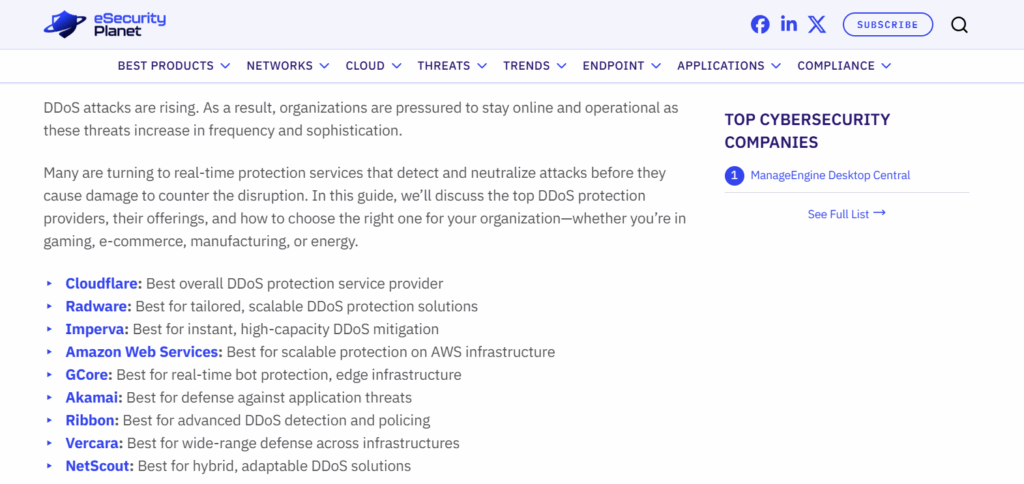
Source – eSecurity Planet
The tools presence across multiple, credible rankings cements their authority and gives them more weight in the recommendations.
They keep content and coverage fresh
All the listed vendors have dedicated landing pages or blog posts explaining their solutions. Moreover, these companies regularly publish fresh stream of content across blogs, videos and other social channels.
For instance, Cloudflare regularly posts content around DDoS. Akamai’s blog exhibits a similar pattern with content around DDoS getting posted often.
Additionally, given their huge user base means they receive fresh reviews continuously.
This combination of authoritative on-site material and up-to-date third-party mentions reinforces their credibility with both human researchers and AI systems.
They make it easy for AI tools to find and quite them
When it comes to getting recognised by AI surfaces, using the SEO card can help you too.
We have noticed that content that is developed around the best tools is cited by these AI surfaces too. Now it does not matter if a vendor’s page doesn’t sit at the very top of Google, it can still make it into AI-generated “best of” lists.
AI pulls from multiple results across various positions, especially when those pages clearly match the query keywords in their headings, metadata, and copy.
For instance, a Google search for “best DDoS protection software” today surfaces names like Cloudflare, Radware, Akamai, Imperva, and Fastly across review articles, vendor landing pages, and analyst reports.
Recommended Read: 15 Top PR And SEO Agencies In 2025 That Get Your Brand Visible On AI Search Results
Even listicles by non domain specific brands get referenced because they explicitly frame the content for that search term. For instance, the CTO Club’s listicle on DDos Protection software gets referenced by ChatGPT.

Source – ChatGPT
The takeaway is to be in AI’s citation set, you need to write content that answers what people actually search, reinforced with recognisable list formats and direct keyword alignment.
Recommended Read: Where Does ChatGPT Get Its Information From For SaaS Recommendations – Quick Tips for CMOs
5 Things You Can Copy to Improve Your AI Visibility
If your DDoS solution isn’t making it to AI-recommended shortlists yet, the gap is fixable. But you have to think in terms of what AI sees, remembers, and can reuse. And make that footprint easy for them to use.
#1. Create Pages That Match Every Niche You Serve
You would think creating a generic “DDoS Protection” landing page is enough. It is not. In fact, why stop at one when you can do more? You can create multiple landing pages based on use case.
For instance, you can create a dedicated page on DDoS Protection for Enterprises and another on Best Cloud DDoS Mitigation.
And don’t stop at that. Ensure that every element answers user’s queries based on their reality: Is it for enterprise users? Mid-size companies? Phenomenal traffic volumes?
Support the page with FAQs that answer not only what your tool does and how good it is, but also additional questions that prospects might have. If your main page doesn’t answer them, create additional content around it. This means doing blog posts, videos or explainer guides.
#2. Get Featured Where AI Already Looks
If you’re not showing up in an AI-generated list, and your tool has the capability, make your place. For instance, you can create your own “Best DDoS Protection Software for Enterprises in 2025 article.
You can list your tool at the top, and include other top vendors too (even if they’re competitors). This format is tried and tested. Also, aim to get mentioned in the sources AI pulls from, like analyst roundups, review blogs, and industry reports. Your marketing or PR team would have to take a few steps, but it can help you get on the list.
#3. Structure Content So Machines Can Read It
Today, you are not creating only for humans. You are creating content for machines so they could give personalized recommendations to humans.
To make it possible, your site should be fully machine-readable. You can do this by having clean HTML tables, bullet lists, and schema markup. You can avoid putting important specs in PDFs unless really necessary. Remember, if AI can’t parse your content, it can’t quote you. Moreover, having a llm.txt file can help too.
Related Read: How to Rank in Google AI Overviews in 5 Simple Ways (Before Your Competitors Do)
#4. Make Your Core Category Message Unmissable
Building the page or the product is not the end of the job. You have to make sure your positioning appears across your homepage, blog content, and especially in customer reviews on peer-review sites.
For organic reviews, it’s always a good idea to prompt your customer base to share their honest reviews across peer review websites. Because the more high-quality reviews you have, the stronger your positioning becomes in AI systems.
For instance, organic reviews like this boost your ratings across AI surfaces.
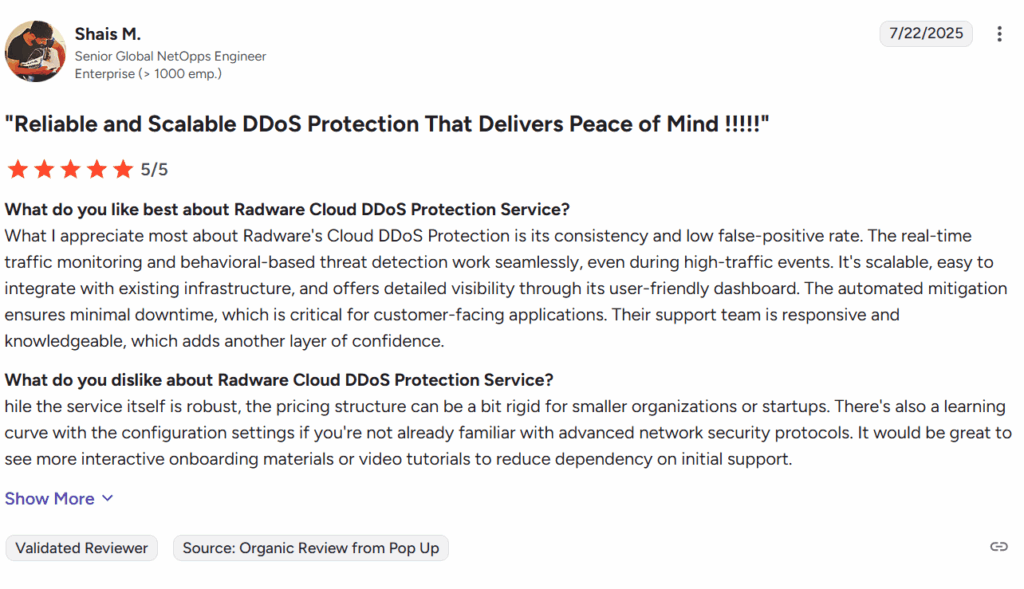
Source – G2
#5. Publish Multiple “Best Of” Lists for Your Market
Yes, you can do blog posts. Or videos. But don’t just stop at one “Best Of” piece. You can consider diversifying it based on your user base.
For instance, “Top DDoS Protection Solutions for Financial Services”, “Top DDoS Protection Solutions for eCommerce Companies”, etc. You can include competitors and real data. AI prefers content that mirrors human-written rankings it already trusts.
Following these steps can get you there. We’ve used similar strategies for clients, helping them rank across multiple AI visibility touchpoints. This same playbook can work for you too.
Looking to Get Your Brand Ranked in AI Search Results?
At Concurate, we help brands win visibility where it matters. This includes across AI search results in ChatGPT, Perplexity, Claude, Gemini, and Google AI Overviews.
We understand what large language models pick, trust, and reuse. That’s why we optimize not just for SEO, but for Generative Engine Optimization too. For example, we created assets that helped a client surface as a top provider across 85% of the best lists around the services they offer. One such case was edge integration, which is one of the services they offer. We wrote a detailed Bottom-of-Funnel listicle that ranked on AI overviews and highlighted our client as one of the top companies in the domain.

We know the secret to building assets that make your brand the answer, not just another name on a list.
From nailing the exact query and buyer intent to creating AI-ready content that converts, we position you to show up when prospects are ready to decide. That’s the power of creating a strong, AI-ready digital footprint.
Even if you’re in a fiercely competitive space like DDoS Protection Software, we can position you to stand alongside (or ahead of) the current leaders. If you want your brand to be the one AI recommends when your prospects are ready to choose, let’s make it happen. Book a meeting with us to learn how we can help.


